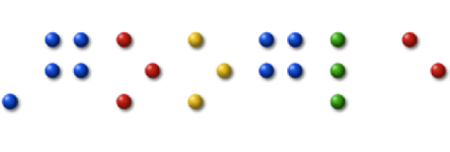So, you say you don’t have any blind or deaf users. Or at least you don’t have enough to justify the cost of making your web site accessible. Well, let me tell you, you have an incredibly important blind user. Millions of people consult with this blind user every day, asking for his opinion and seeking his advice. This blind user’s name is…

Google. Google is blind and deaf. Google has no eyes. Google has no ears. Everything you do to make your website accessible to people who have a visual or auditory disability helps Google. Search Engine Optimization and Accessibile Design are the very best of friends.
Need more proof? Head over to the Google Webmaster Guidelines and read it for yourself. Here is a direct quote from the Google Webmaster Guidelines for AJAX-enhanced sites:
Design for accessibility
We encourage webmasters to create pages for users, not just search engines. When you’re designing your AJAX site, think about the needs of your users, including those who may not be using a JavaScript-capable browser (for example, people who use screen readers or mobile devices). One of the easiest ways to test your site’s accessibility is to preview it in your browser with JavaScript turned off, or to view it in a text-only browser such as Lynx. Viewing a site as text-only can also help you identify other content which may be hard for Googlebot to see, such as text embedded in images or Flash.
I first heard this concept from my colleague Giorgio Brajnik while sitting with him on an Accessibility Panel at the very first AccessU Conference held by Knowbility in Austin, Texas. Up until that moment, I was evangelizing accessibility because it was the right thing to do. Now, I could answer the question, “Why make things accessible?”
- because we can
- to empower people
build barriers - best practice
- because it is the law
- search engine optimization
How I love it when doing the right thing really does make the world a better place.